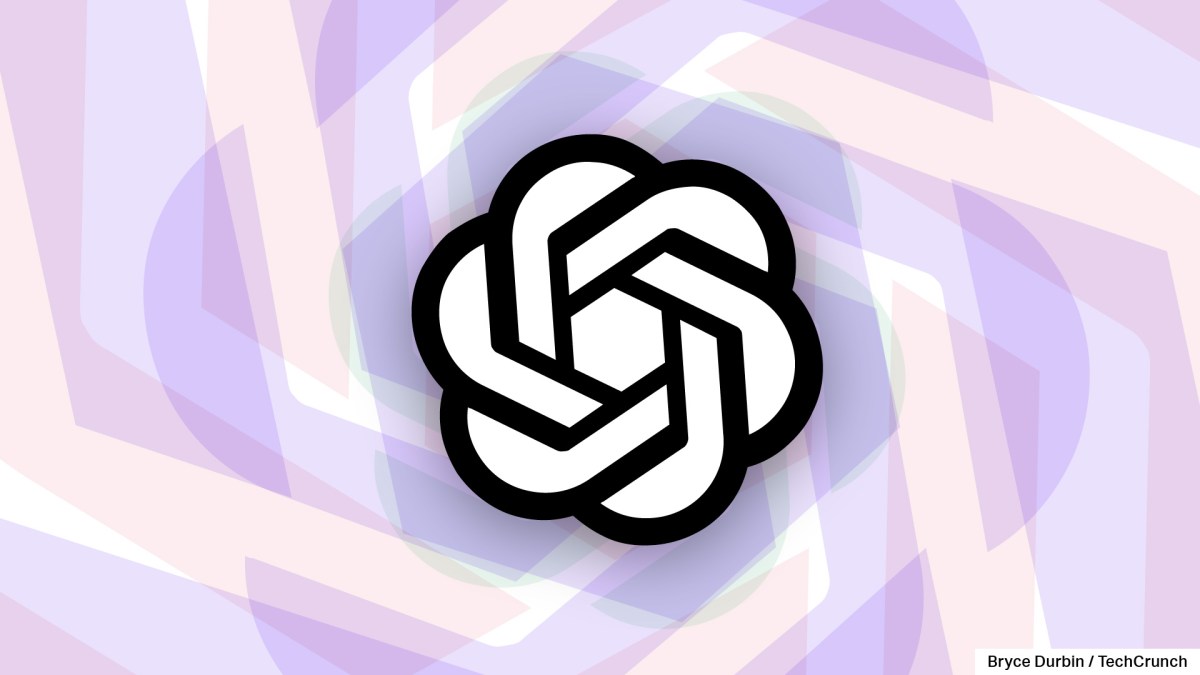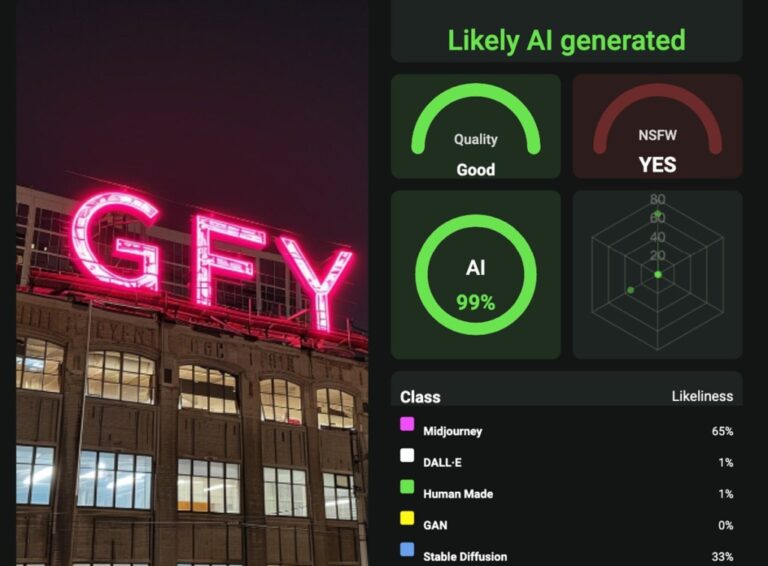OpenAI Launches GPT-4.5 ‘Orion’: Discover the Most Advanced AI Model Yet!
OpenAI has officially unveiled GPT-4.5, the latest evolution of its artificial intelligence models, code-named Orion. This new iteration represents the largest and most powerful AI model launched by OpenAI to date, leveraging unprecedented amounts of computing power and data. However, it’s important to note that OpenAI has clarified that GPT-4.5 is not categorized as a frontier AI model.
Key Features of GPT-4.5
Released on Thursday, GPT-4.5 is available to ChatGPT Pro subscribers, who pay $200 a month, as part of an initial research preview. Developers using OpenAI’s API at paid tiers can also access the model starting today. Other users, including those subscribed to ChatGPT Plus and ChatGPT Team, will receive access within the following week, according to an OpenAI representative.
Development Insights
The industry has eagerly anticipated GPT-4.5, viewing it as a critical test case for traditional AI training methods. The model was developed using the same unsupervised learning techniques that powered previous iterations, including GPT-4, GPT-3, and GPT-2. Historically, scaling up these models led to significant improvements in various domains, such as:
- Mathematics
- Writing
- Coding
OpenAI claims GPT-4.5 provides enhanced world knowledge and emotional intelligence, although performance improvements may be plateauing, with some benchmarks indicating it falls short of newer models from competitors like DeepSeek and Anthropic.
Cost and Accessibility of GPT-4.5
OpenAI has indicated that running GPT-4.5 is significantly cost-prohibitive. The company charges developers $75 for every million input tokens (approximately 750,000 words) and $150 for every million output tokens. In contrast, the previous model, GPT-4o, costs only $2.50 per million input tokens and $10 per million output tokens.
OpenAI stated in a blog post, “We’re sharing GPT-4.5 as a research preview to better understand its strengths and limitations.” The company is looking forward to discovering how users will employ the model in unexpected ways.
Performance Metrics
While GPT-4.5 is not designed to replace GPT-4o, it does outperform it in various metrics. For instance:
- On the SimpleQA benchmark, GPT-4.5 exhibited superior accuracy compared to GPT-4o.
- The model reportedly hallucinates less frequently than its predecessors.
However, GPT-4.5 does not outperform OpenAI’s top AI reasoning models in specific benchmarks. For example, it performs similarly to GPT-4o on certain coding challenges but falls short of models like Anthropic’s Claude 3.7 Sonnet.
Qualitative Advantages
OpenAI asserts that GPT-4.5 excels in areas that quantitative benchmarks may not fully capture, such as:
- Understanding human intent
- Creative tasks like writing and design
In informal testing, GPT-4.5 showcased its capabilities by generating a unicorn in SVG format, which neither GPT-4o nor o3-mini could achieve. Additionally, when prompted with a sensitive scenario, GPT-4.5 provided the most empathetic response.
Challenges in Scaling AI Models
Despite its advancements, OpenAI’s co-founder, Ilya Sutskever, has indicated that the field may be reaching its limits with current pre-training methodologies. The industry is increasingly exploring reasoning models, which, while requiring more time and resources, are believed to enhance consistency and reliability.
Looking ahead, OpenAI aims to integrate its GPT series with its reasoning models, beginning with GPT-5 anticipated later this year. While GPT-4.5 has faced challenges and delays, it is viewed as a crucial step toward developing even more robust AI technologies.
For more detailed insights, you can read the full white paper on GPT-4.5.







